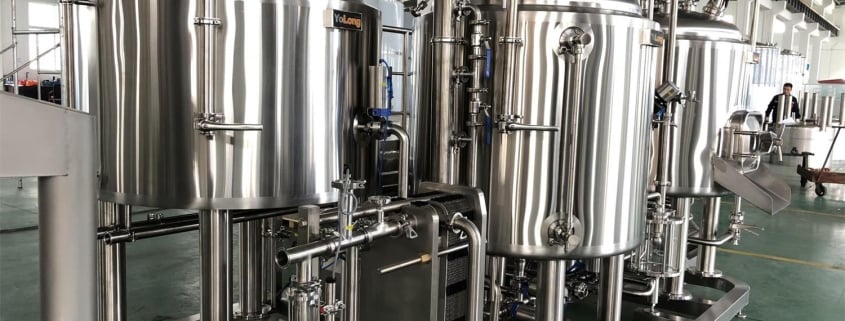Best Conical Fermenters in 2025
What is a Conical Fermenter?
When it comes to homebrewing, one of the most exciting yet challenging stages is fermentation. So, what exactly is a conical fermenter? Imagine a vessel that looks like a giant ice cream cone flipped upside down. That’s essentially a conical fermenter. It has a cone-shaped bottom that allows yeast and sediment to naturally slide down and collect at the tip of the cone. This shape isn’t just for show — it plays a crucial role in brewing top-quality beer.
Unlike standard fermenters like carboys or buckets, which require siphoning and can easily stir up the sediment, conical fermenters are designed to separate the trub (that sediment made of yeast and proteins) cleanly from the beer. This separation is golden because it helps you achieve a clearer, purer brew without the hassle of transferring to secondary fermenters. Think of it like cooking a stew in a pot that magically separates the broth from the bones. Convenient, right?

Why is it Important to Choose a Good Cohesive Counselor for Homebrewing?
Before we jump into fermenters, let’s take a pit stop and talk about the unsung hero of the brewing journey: your brewing equipment, aka your cohesive counselor. Now, what does that mean? It’s not a person in this case, but rather the essential tools that guide your brewing process cohesively, keeping everything in sync and working harmoniously.
Choosing a quality fermenter is like choosing the right partner in a dance — you need something reliable, well-balanced, and responsive to your needs. If your fermenter is hard to clean, leaks, or doesn’t hold temperature well, you’re setting yourself up for a brewing disaster. A cohesive counselor ensures that fermentation, the heart of the brewing process, happens under controlled, clean, and optimal conditions.
When your equipment doesn’t play well together, it’s like trying to row a boat with one oar. You’ll go in circles, wasting time and energy. So, investing in the right conical fermenter ensures your brewing system operates like a well-oiled machine. You get consistency, clarity, and most importantly, delicious beer.
Why Choose a Conical Fermenter?
So, why would you pick a conical fermenter over traditional fermenters? Let’s paint a picture. Imagine trying to bake a perfect cake but your oven keeps burning the bottom layer. That’s the brewing equivalent of using a bucket fermenter that doesn’t manage sediment well.
Conical fermenters let you remove yeast and trub from the bottom without disturbing the beer on top. This means you can perform yeast dumps and even harvest yeast for future batches. Pretty cool, right? Plus, you can do multiple stages of fermentation in the same vessel, saving you the hassle (and risk of contamination) of transferring between containers.
Also, many conical fermenters come with built-in temperature control options, especially the stainless steel ones. Temperature swings can make or break a batch, and conical fermenters make it easier to keep things just right.
Here’s the kicker: better beer with less work. Who wouldn’t want that?
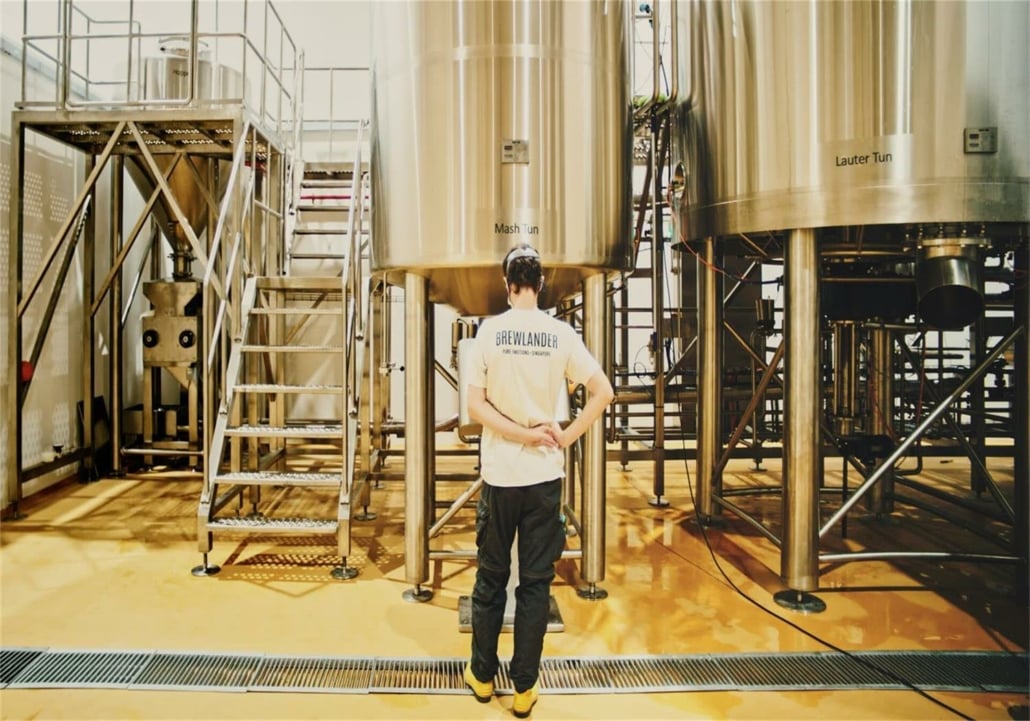
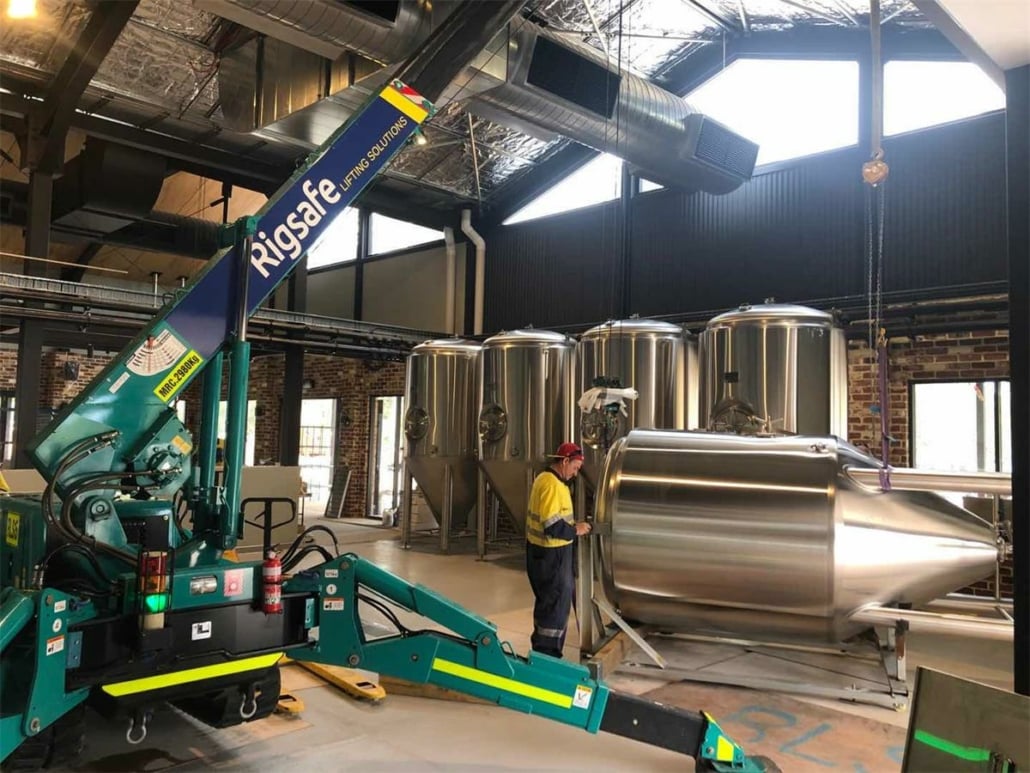
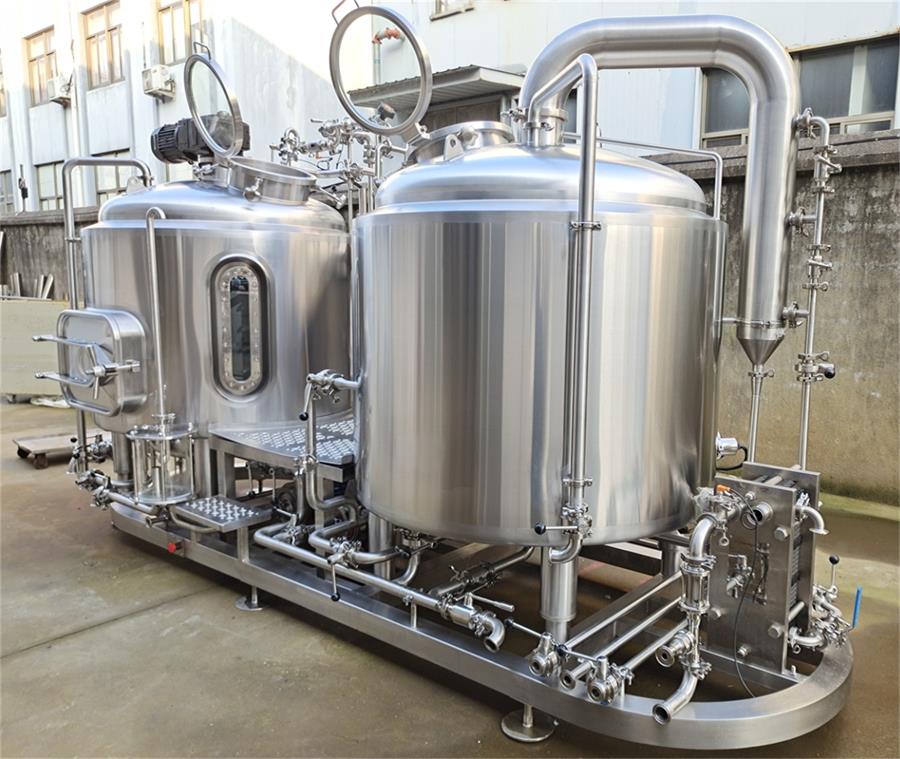
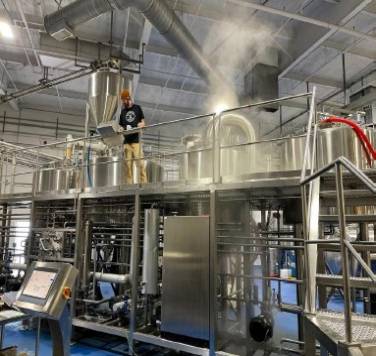

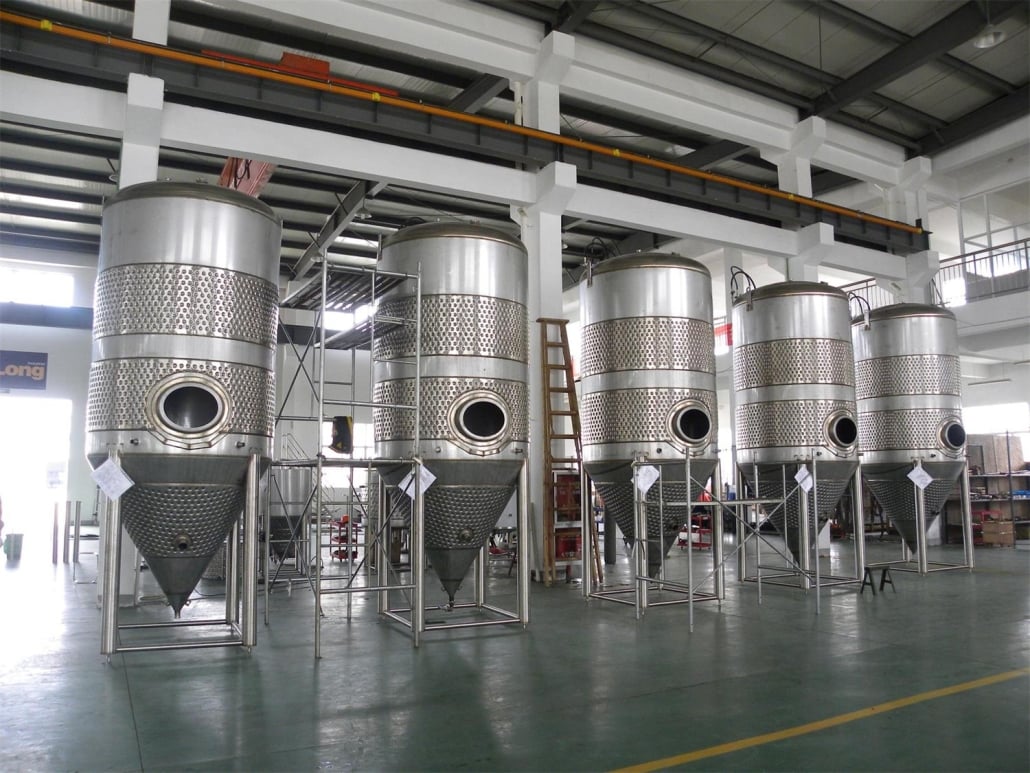
How to Choose the Best Conical Fermenter
Selecting the best conical fermenter is like buying a car. There are key factors to consider, and each one can steer your decision in a different direction. Let’s break it down:
Material Matters: Stainless Steel vs. Plastic
Stainless steel fermenters are the Ferraris of homebrewing. They are durable, easy to clean, and look pretty slick in your brew space. Plastic fermenters, on the other hand, are the affordable workhorses. They get the job done but are more prone to scratches and can retain odors over time.
Size: How Much Beer Are You Brewing?
Sizes vary from small 3-gallon units to massive 14-gallon beasts. If you’re just starting, smaller might be better. Brewing for a crowd? Go big.
Ease of Cleaning
Let’s be real. Nobody loves cleaning fermenters. Look for ones with wide openings or removable parts that make scrubbing easy.
Temperature Control
Some conical fermenters offer temperature control jackets or the ability to connect to glycol systems. If you live in a hot climate or want precision, this is a must-have.
Pressure Capability
If you’re planning to ferment under pressure or do pressure transfers, make sure your fermenter can handle it. Not all plastic models can.
Cost
Prices can range from $100 for basic plastic models to over $1,000 for advanced stainless steel units with all the bells and whistles.
Here’s a quick snapshot:
| Feature | Stainless Steel Conical Fermenter | Plastic Conical Fermenter |
|---|---|---|
| Durability | Extremely durable | Less durable, prone to scratches |
| Cleaning | Easy to sanitize | Can absorb odors, may stain |
| Cost | More expensive | Budget-friendly |
| Temperature Control | Usually compatible | Less common |
| Pressure Capable | Yes | Often no |
Best Conical Fermenters Reviewed in Detail
Let’s roll up our sleeves and dive into some of the top-rated conical fermenters on the market. Instead of spitting out a list, I’ll walk you through each one like we’re touring a brewery together.
SS BrewTech Chronical Fermenter
This is the Cadillac of homebrewing fermenters. Made from high-grade stainless steel, the SS BrewTech Chronical is built to last a lifetime. It offers a thermowell for precise temperature readings and the ability to add a cooling coil. It also comes with a dump valve to easily remove trub and a racking arm for clean transfers.
What stands out? The craftsmanship and the huge homebrewing community that loves this brand. People rave about the build quality and the professional features packed into a homebrew-sized unit.
FermZilla Conical Fermenter
If you’re looking for something budget-friendly but feature-rich, the FermZilla might be your jam. It’s a plastic fermenter that can ferment under pressure up to 35 psi, which is rare for plastic units. You can perform closed transfers and carbonate right in the fermenter.
Users love its transparency — you can see fermentation happening in real time, which is a bit like watching a lava lamp. The trade-off? It requires more careful handling to prevent scratches.
FastFerment Conical Fermenter
This is another popular plastic option, especially for beginners. It offers a simple design with a collection ball at the bottom to catch sediment. It’s super easy to use and perfect if you want to keep things low-tech.
However, it lacks the pressure capabilities and advanced temperature control you’d find in more premium options.
Blichmann Fermenator
Stepping into pro-brewer territory, the Blichmann Fermenator is a beast. This stainless steel fermenter boasts tri-clamp fittings, pressure capability, and exceptional build quality. It’s not cheap, but serious homebrewers swear by its reliability and ease of use.
It also pairs well with Blichmann’s cooling systems if you want a fully integrated setup.
Comparison: Stainless Steel vs. Plastic Conical Fermenters
When it comes to choosing between stainless steel and plastic conical fermenters, it’s like picking between a luxury sports car and a reliable compact sedan. Both will get you where you need to go, but they offer a different ride.
| Feature | Stainless Steel Fermenters | Plastic Fermenters |
|---|---|---|
| Durability | Lifetime use | Limited lifespan |
| Aesthetics | Sleek, professional look | Functional but basic |
| Cleaning | Quick and thorough | Can retain odors |
| Temperature Control | Highly compatible | Rare or add-on |
| Pressure Fermentation | Supported | Limited |
| Price | $$$ | $ |
| Portability | Heavier | Lightweight |
Advantages of Stainless Steel:
- Long-lasting and highly durable.
- Easier to sanitize and maintain.
- Compatible with advanced brewing systems.
Advantages of Plastic:
- Affordable for beginners.
- Lightweight and easy to move.
- Transparent models allow visual monitoring.
If you’re in it for the long haul, stainless steel might be worth the investment. But if you’re just dipping your toes into homebrewing, plastic fermenters are a great starting point.
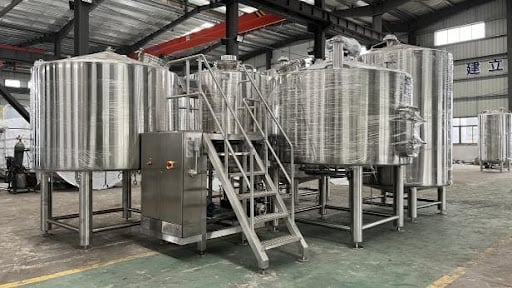
How Do You Clean a Conical Fermenter?
Cleaning your conical fermenter is kind of like cleaning your favorite coffee mug — you don’t want yesterday’s brew ruining today’s flavor.
Start by rinsing out all the leftover beer and sediment immediately after transferring your brew. Use warm water to prevent the trub from sticking like old gum on a sidewalk.
For a deeper clean, use a brewery-approved cleaning agent like PBW (Powdered Brewery Wash). Let it soak and scrub with a soft sponge or cloth to avoid scratching (especially for plastic models).
Follow up with a sanitizer like Star San to kill any remaining bacteria. Don’t skimp on this step — you don’t want all your hard work spoiled by a rogue microbe.
If you’ve got a stainless steel model with tri-clamp fittings, disassemble the parts and give them a good scrub too. Some fermenters are compatible with CIP (Clean In Place) systems, which can make your life a whole lot easier.
Pro Tip: Always clean your fermenter as soon as possible after use. Dried-on gunk is much harder to remove.
FAQs
| Question | Answer |
|---|---|
| What is the biggest advantage of using a conical fermenter? | The ability to separate yeast and sediment without transferring to another vessel, which reduces contamination risks and saves time. |
| Can you ferment under pressure in all conical fermenters? | No, only certain models like stainless steel fermenters and some plastics like FermZilla can handle pressure fermentation. |
| Is stainless steel always better than plastic? | Not necessarily. Stainless steel is more durable and offers advanced features, but plastic fermenters are more affordable and easier to handle for beginners. |
| How often should I clean my conical fermenter? | Clean thoroughly after every batch to prevent contamination and off-flavors. Regular maintenance extends the life of your fermenter. |
| Are conical fermenters worth the investment? | If you plan to brew frequently and want to improve quality, absolutely. They offer better clarity, easier yeast management, and can streamline your process. |

